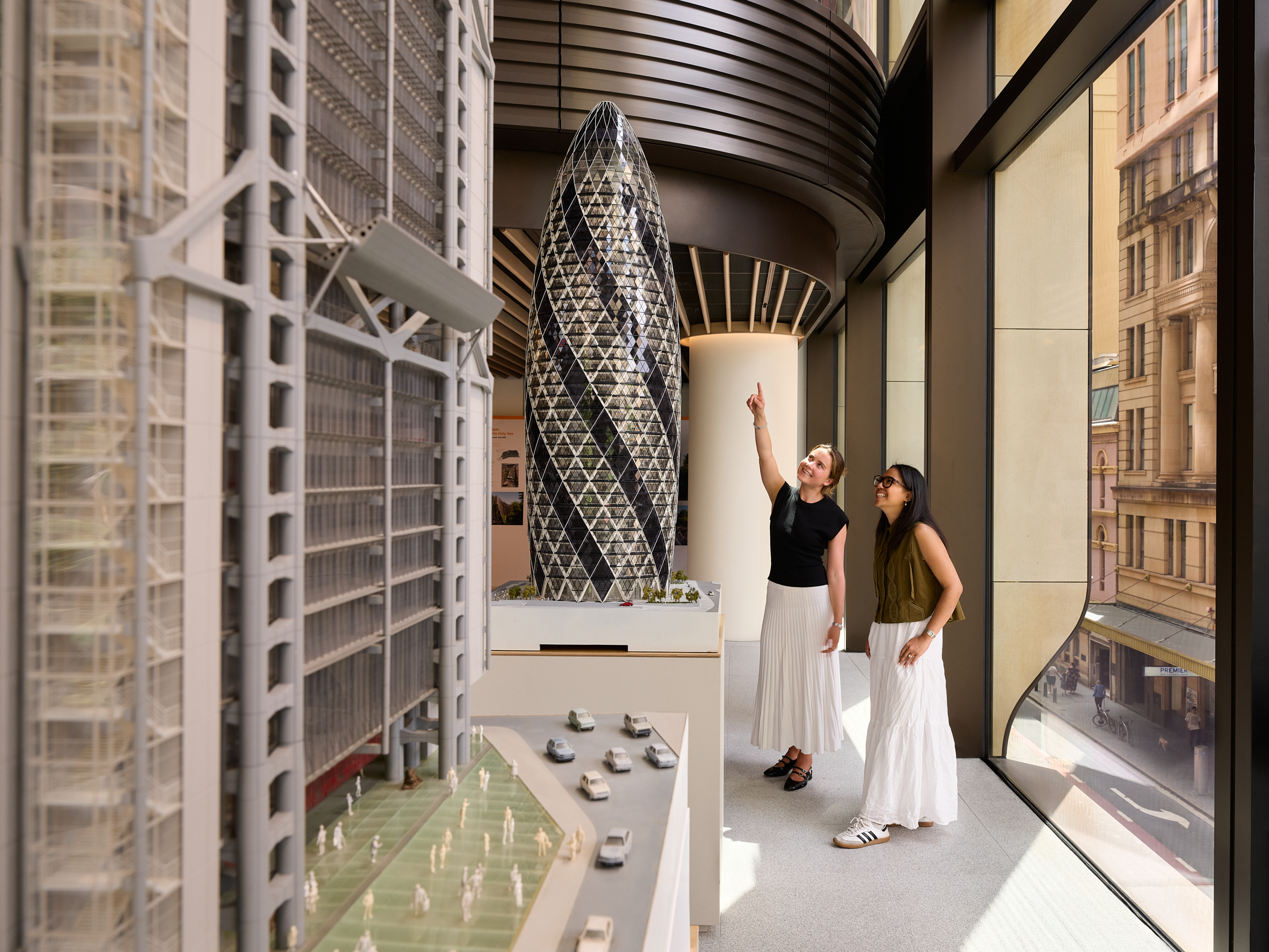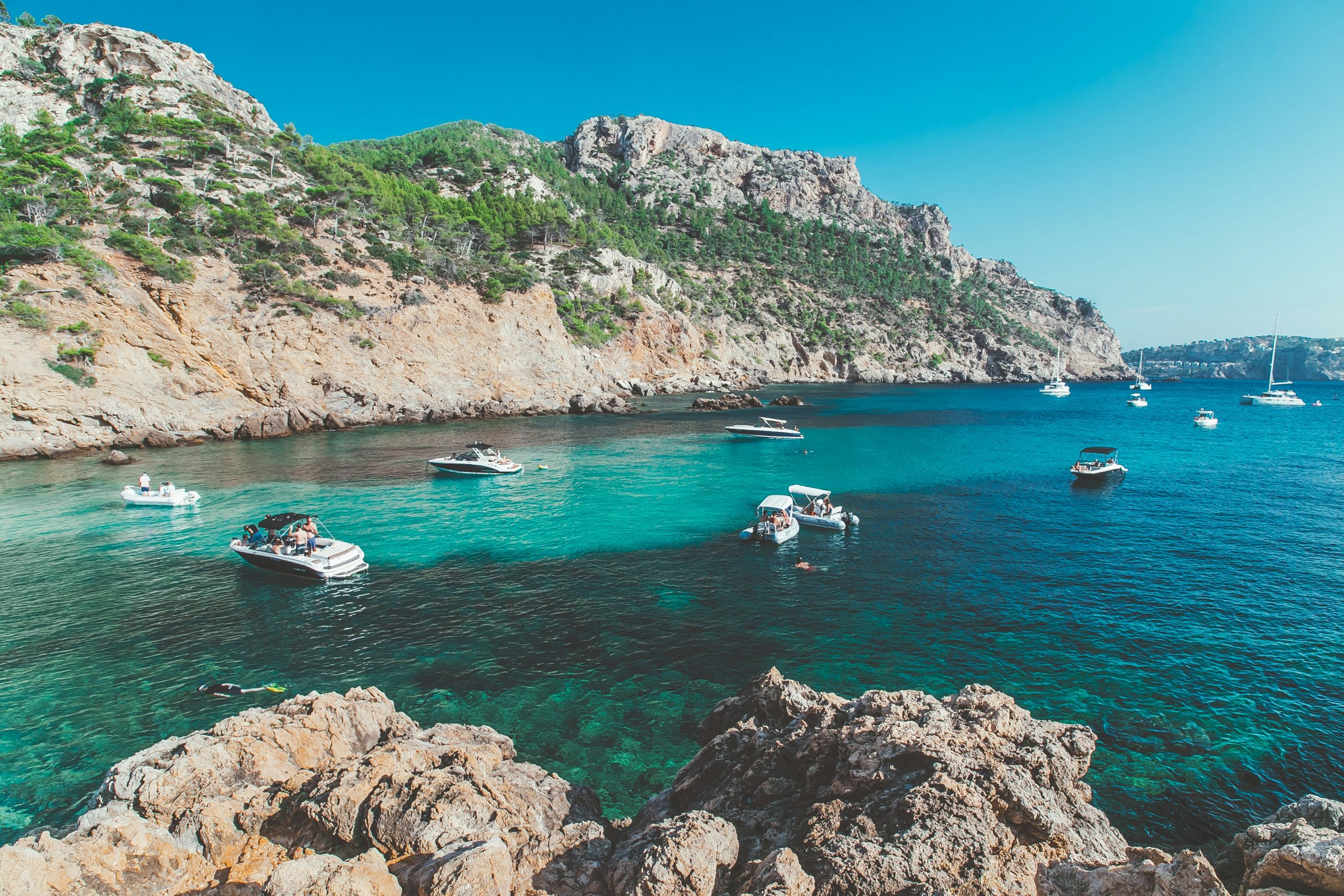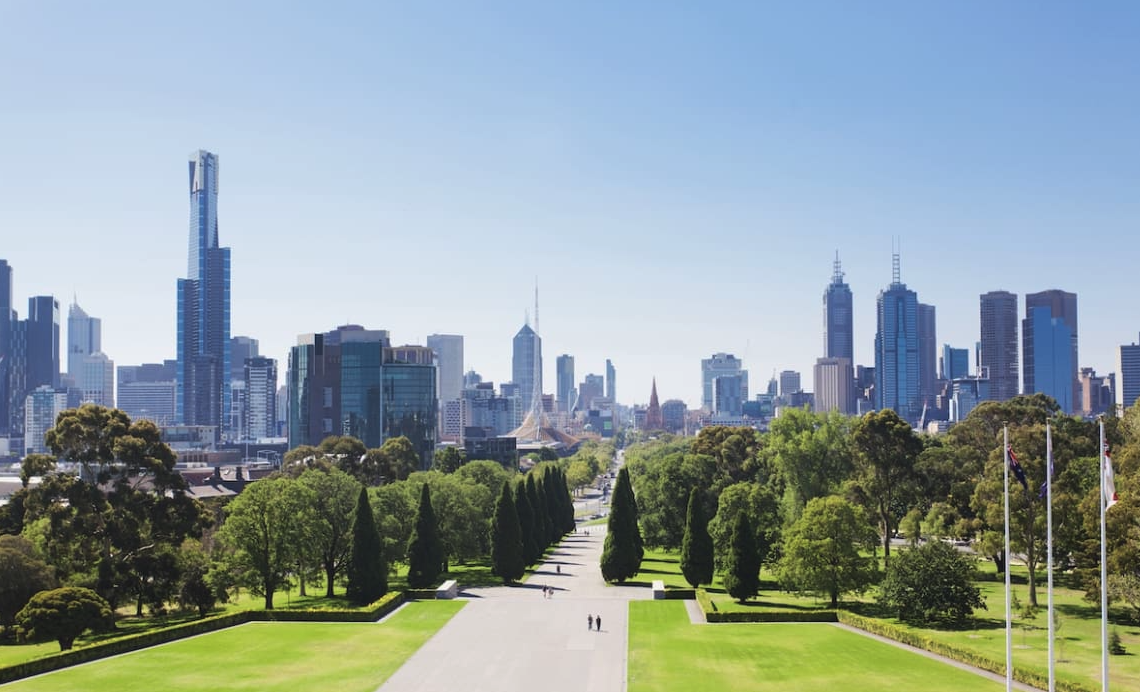Our Retirement Travel Plan? Wing It.
Hoping to recreate a freewheeling world tour from their youth, two retirees set themselves a ‘no itinerary’ challenge: Can they improvise their way across seven countries?
In our 20s, my new husband and I took a year off from our fledgling careers to travel in Southeast Asia. Equipped with paper maps, we began in China and improvised each day’s “itinerary” on the go. A gap year for grown-ups, I called it, although I scarcely qualified as one.
Nearly 40 years later, we are new retirees with the same wanderlust. We wondered: Could we recapture the thrill of winging it, enduring rough roads and cheap hotels?
We could and did, but for 2½ months instead of 12. We mapped out a route that would take us up Africa’s east coast and then—who knows where? Here’s how we rolled and five important lessons we learned on a 6,000-mile trip.
Kenya: Live large by day
Our first stop was the tiny, car-free island of Lamu, well-known for its high-profile visitors, from Kate Moss to the Obamas. This low-key getaway offered white-sand beaches, dhows — boats you can rent for day cruises and snorkelling — and lots of donkeys, the main mode of transport.
We considered the beachside Peponi Hotel in Shela, a hot spot since the 1960s (Mick Jagger bunked there). But room rates start at $250, far above our per-night budget of $70 or less. When contemplating almost 100 nights of travel, price matters.
So we chose a villa in the dunes called Amani Lamu, $61 per night for an en suite room with a private terrace and shared plunge pool.
We still had a cool Peponi moment come sunset: On the hotel’s whitewashed veranda, we sipped Pepotinis and plotted our next day’s interlude at the Majlis, Lamu’s fanciest resort (from $580).
With a $20 day pass, we could lounge around its pools and beach bars like proper resort habitués.
Lesson learned: Live like billionaires by day and frugal backpackers by night.
Must-go: Across the bay on Manda Island, bunk a night in a thatched-roof bungalow on stilts at Nyla’s Guest House and Kitchen (from $48 with breakfast).
After a dinner of doro wat, a spicy Ethiopian chicken stew and rice, the sound of waves will lull you asleep.
Egypt: Ask. Politely.
From Lamu, we flew to Aswan in Egypt. Our “plan”: Cruise down the Nile to Luxor, then take a train to Cairo, and venture to Giza’s pyramids.
Turns out it’s the kind of thing one really should book in advance. But at our Aswan hostel, the proprietor, who treated us like guests deserving white-glove service, secured a felucca, a vessel manned by a navigator and captain-cum-cook. Since we’d booked fewer than 24 hours in advance and there were no other takers, we were its sole passengers for the three-day trip.
One day, we stopped to tour ancient temples and visit a bustling camel fair, but otherwise, we remained on board watching the sunbaked desert slide by. We slept on futons on the deck under the stars. The cost: about $100 per night per person, including three meals.
Lesson learned: Ask for help. We found Egyptians kind and unfazed by our haplessness, especially when we greeted them respectfully with assalamu alaikum (“Peace to you”).
Must-go: For buys from carpets to kebabs, don’t miss Cairo’s massive Khan el-Khalili bazaar, in business since 1382. We loved the babouche, cute leather slippers, but resisted as our packs were full.
Turkey: Heed weather reports
Next stop Tunisia, via a cheap flight on EgyptAir. We loved Tunisia, but left after six days because the weather got chilly.
Fair enough, it was January. We hopped continents by plane and landed in Istanbul, where it snowed. Fortunately, two of Istanbul’s main pleasures involve hot water. We indulged in daily hammams, or Turkish baths, ranging from $30 to $60 for services that included, variously, a massage, a scrub-down and a soak.
Beneath soaring ceilings at the temple-like Kılıç Ali Paşa Halamı, brisk workers sternly wielded linen sacks to dowse my body in a cloud of hot foam.
In between visits to Ottoman-era mosques and the city’s spice markets, we staved off the chill by drinking fruity pomegranate tea and sampling Turkish delight and baklava at tea salons.
A favourite salon: Sekerci Cafer Erol in Kadıköy, a ferry-ride away on the “Asian” side of Istanbul, where the city adjoins Asia.
Lesson learned: Pay attention to the weather gods. We foolishly took the concept of travelling off-season too far.
Must-go: Don’t miss the Istanbul Modern, the Renzo Piano-designed art museum in the historic Beyoğlu district.
Cambodia: Chill out
After a long flight from Istanbul, we spent two weeks in Laos and then hopped another plane to Cambodia, specifically Koh Rong Sanloem, another car-free island.
Like vagabonds, we lolled by the warm, super-blue water of Sunset Beach, steps from our bungalow at Sleeping Trees (from $54 per night).
A caveat: You have to sweat to get to this island paradise. We took a bus, a ferry and then hiked for 40 minutes up and down a steep hill and through a jungle. You’ll find only a handful of “resorts”—simple bungalow complexes like ours. There’s nothing much to do. I’ll be back.
Lesson learned: Until our week in Cambodia, we’d been travelling too much and too fast, prioritising exploration over relaxation. This island taught us the pleasures of stasis.
Must-go: Spend one day in Cambodia’s capital city, Phnom Penh, to delve into its sobering history. Tour the Choeung Ek Genocidal Centre, site of a Killing Field, where nearly 9,000 Cambodians died.
Thailand: Be a frugal hedonist
We spent our last two weeks on the island of Ko Samui, where season three of “The White Lotus” was shot.
We went there for its astounding beauty, not the luxury resort experience that comes with too many boisterous lads on vacation, snake farms and traffic jams in town.
Truth be told, we flouted our budget rules to book an Airbnb with a pool (from $300) in the hills of Lipa Noi on the island’s quiet side. We joined the nearby Gravity Movement Gym to work out, but cooked our own meals to keep our final tabulation of expenses within reach.
Lesson learned: Pinching pennies feels restrictive, no matter how lush the surroundings. And it leads to bickering, as partners tally up who squandered how much on what.
With the end in sight, we splurged on the villa and even bought souvenirs, knowing we’d lug them for days, not weeks.
Must-go: Take the 30-minute ferry to sister island Ko Pha Ngan for its peace, love and yoga vibe and, once a month, full-moon parties.
Via Airbnb, we bunked at a Thai house called Baan Nuit, run by the Dear Phangan restaurant proprietors.
We sampled steamed dumplings, white fish in a Thai basil sauce and spicy noodles for a mere $15 apiece.
Hey, indulge in that “White Lotus” moment if you dare!
 Copyright 2020, Dow Jones & Company, Inc. All Rights Reserved Worldwide. LEARN MORE
Copyright 2020, Dow Jones & Company, Inc. All Rights Reserved Worldwide. LEARN MORE
Records keep falling in 2025 as harbourfront, beachfront and blue-chip estates crowd the top of the market.
A divide has opened in the tech job market between those with artificial-intelligence skills and everyone else.
The global architecture studio behind some of Sydney’s most recognisable towers unveils Civic Vision, its first Australian exhibition, celebrating more than five decades of design shaping cities worldwide.
Foster + Partners has opened its first comprehensive exhibition in Australia, Civic Vision, showcasing more than five decades of the practice’s global architectural work.
Staged inside Parkline Place, the studio’s latest Sydney project developed by Investa on behalf of Oxford Properties Group and Mitsubishi Estate Asia, the exhibition highlights the firm’s contribution to civic architecture, urban environments and infrastructure.
Gerard Evenden, Head of Studio at Foster + Partners, said: “We are delighted to be putting on this first-of-its-kind exhibition in Sydney – a city we have been working in for more than 25 years. This is a fantastic opportunity to reflect on our holistic approach to civic architecture, which has underpinned our work since the 1960s, and continues to evolve to meet the challenges of today.”
Partner Muir Livingstone added: “It is a great privilege to showcase the practice’s work in Parkline Place – a project that we have been working on for the past six years – and the new home for our Sydney studio.
“Our projects in the city exemplify the civic and sustainable approach that the exhibition centres on. From our first Sydney project, Deutsche Bank Place, which features a four-storey public plaza at its base, to our work for Sydney Metro, which is transforming the way thousands of people travel across the city.”
The exhibition is organised around three themes – Community + Culture, Living + Working, and Planning + Mobility – and features Australian projects including Deutsche Bank Place, Salesforce Tower and Parkline Place, alongside international works such as the Hong Kong and Shanghai Bank Headquarters, the Reichstag German Parliament, and the soon-to-open Zayed National Museum in Abu Dhabi.
Since the 1960s, Foster + Partners has expanded its approach beyond technological innovation to encompass social and environmental design, producing masterplans for carbon-neutral cities and civic infrastructure that prioritise light, clarity and connection.
Civic Vision runs until 21 December on Level 2 of Parkline Place, 252 Pitt Street, Sydney. Entry is free and forms part of the Sydney Open festival program.
Now complete, Ophora at Tallawong offers luxury finishes, 10-year defect insurance and standout value from $475,000.
Australia’s market is on the move again, and not always where you’d expect. We’ve found the surprise suburbs where prices are climbing fastest.
























